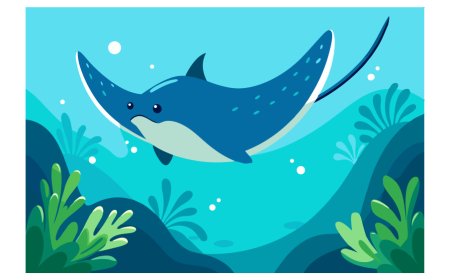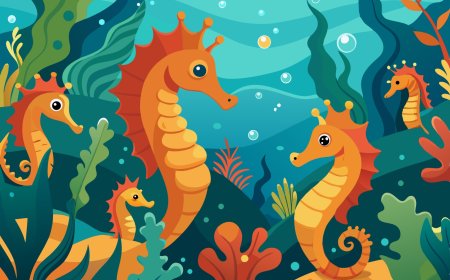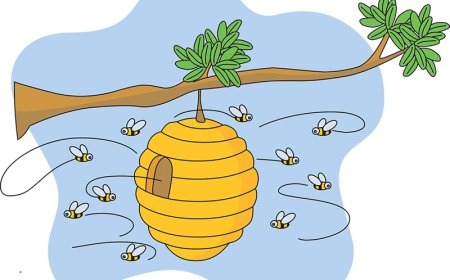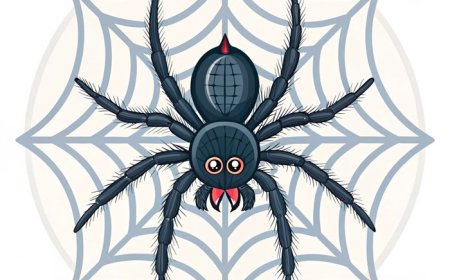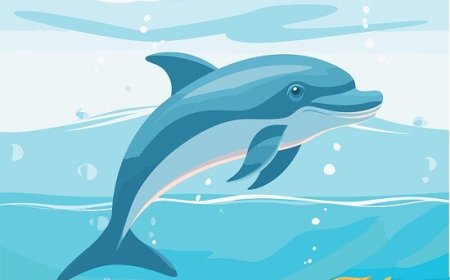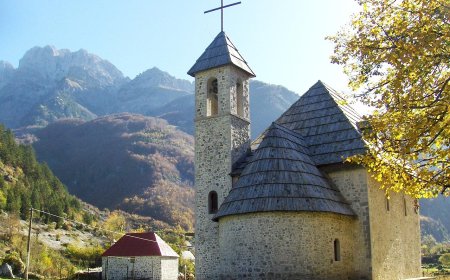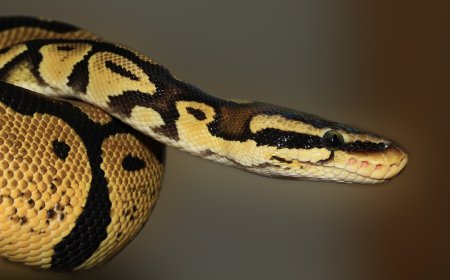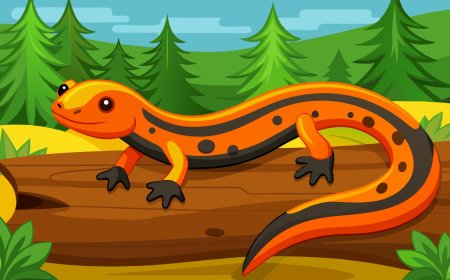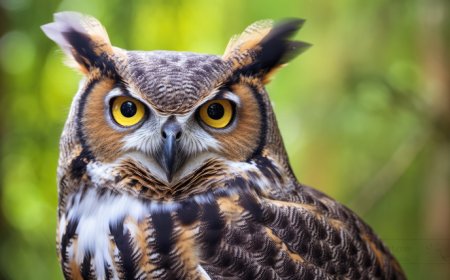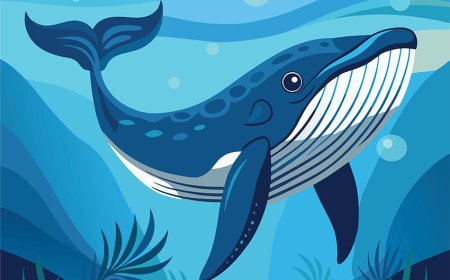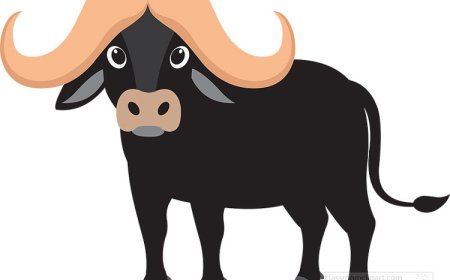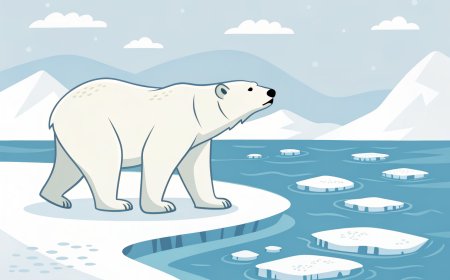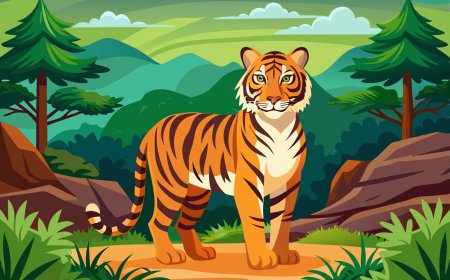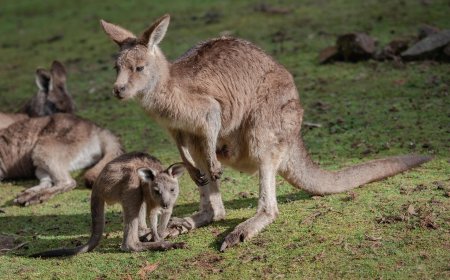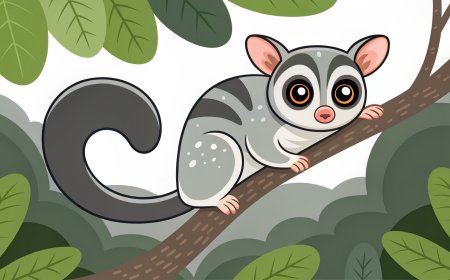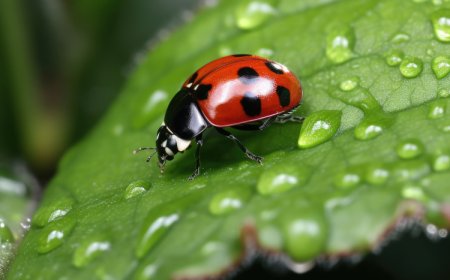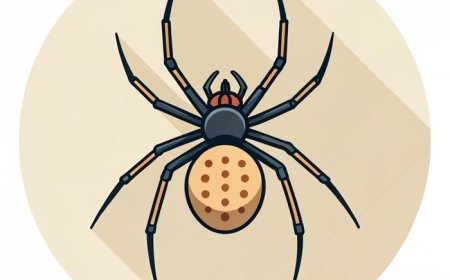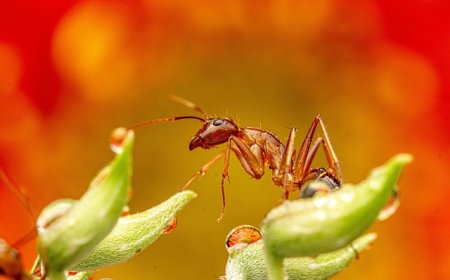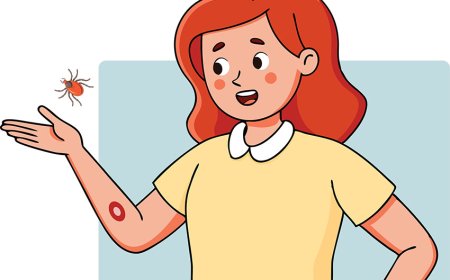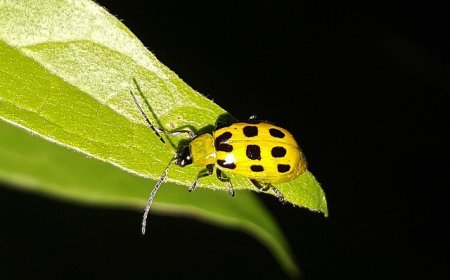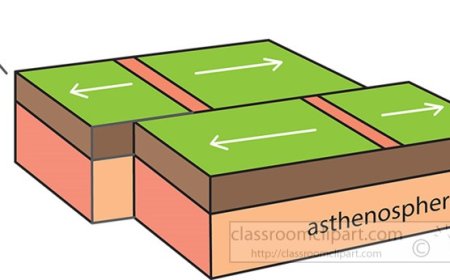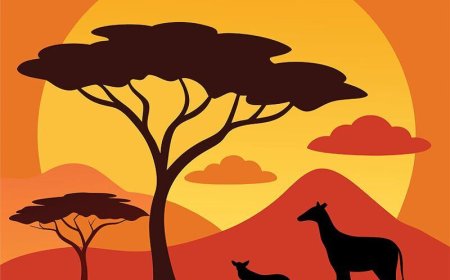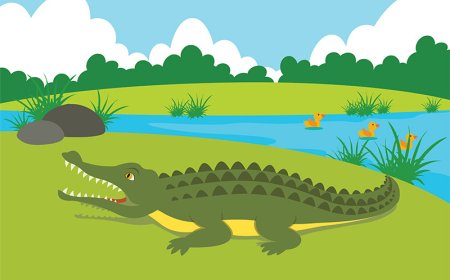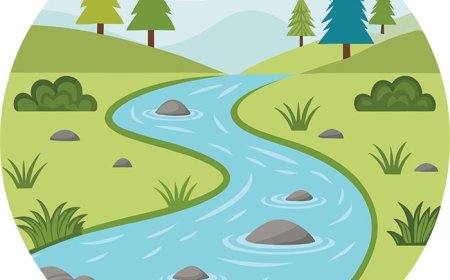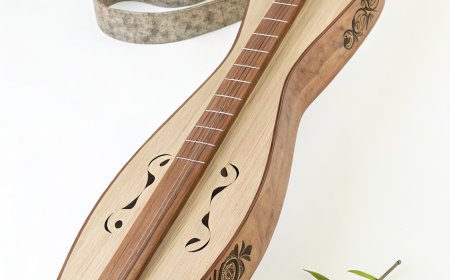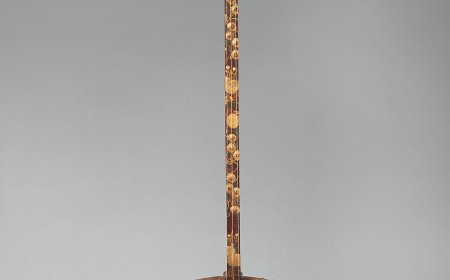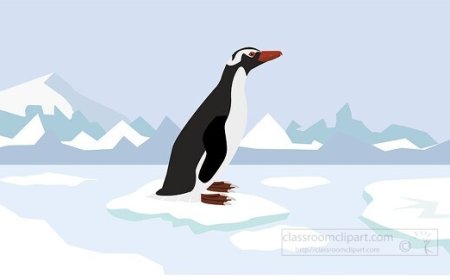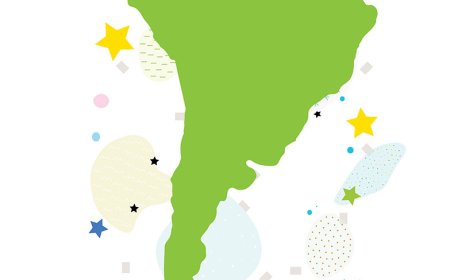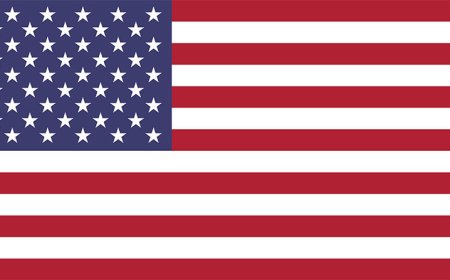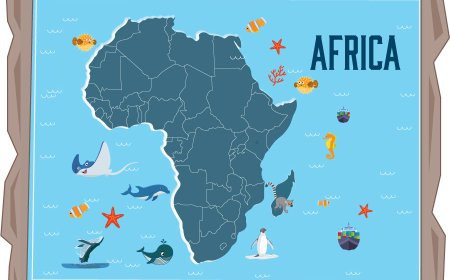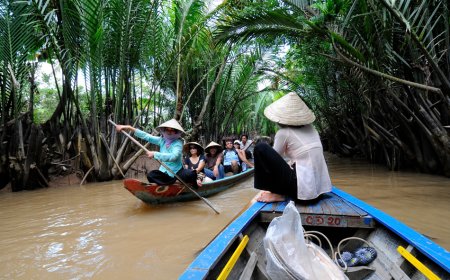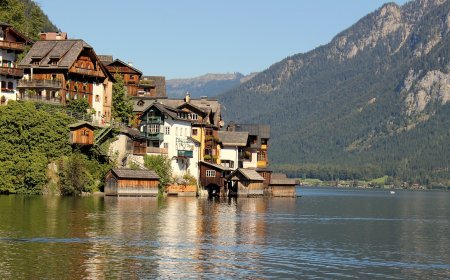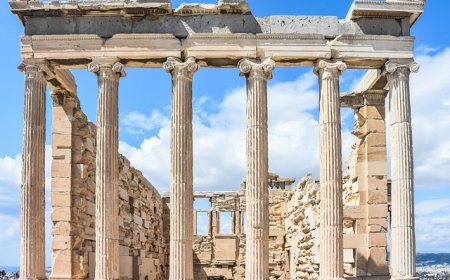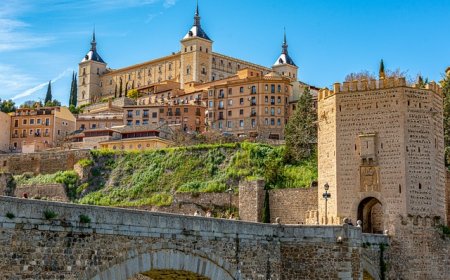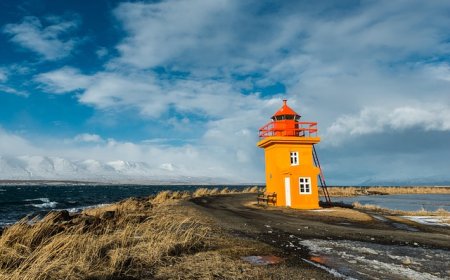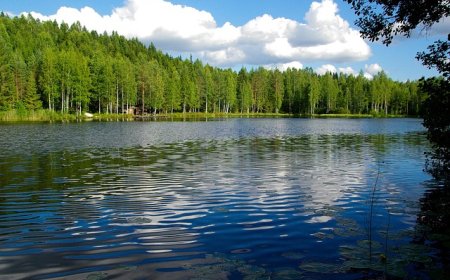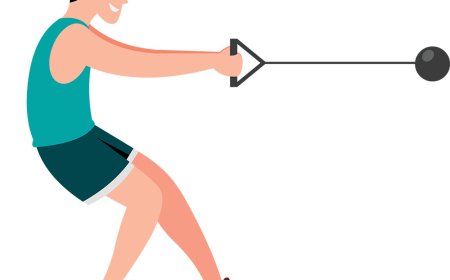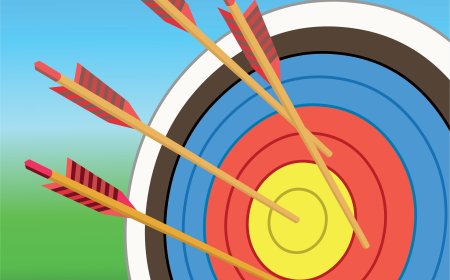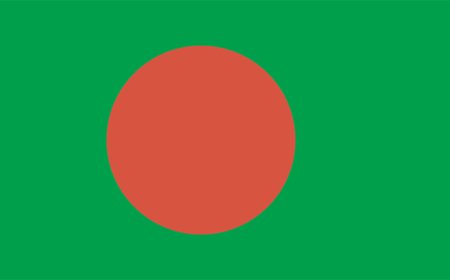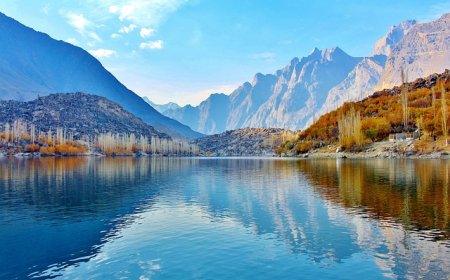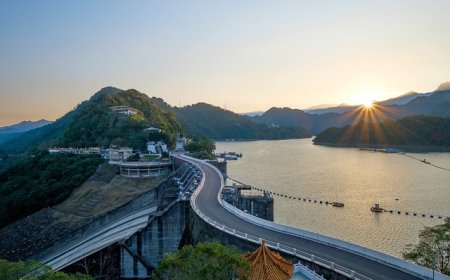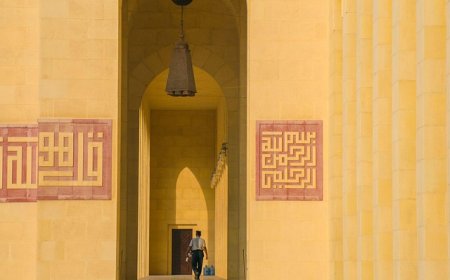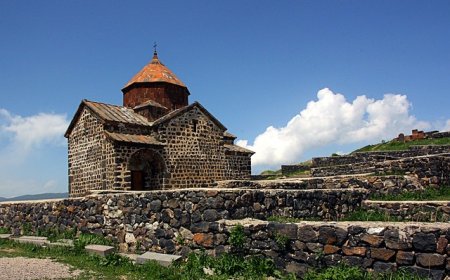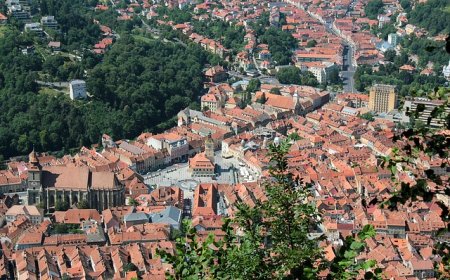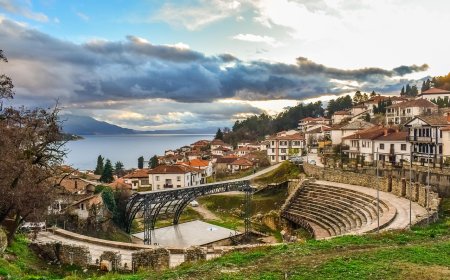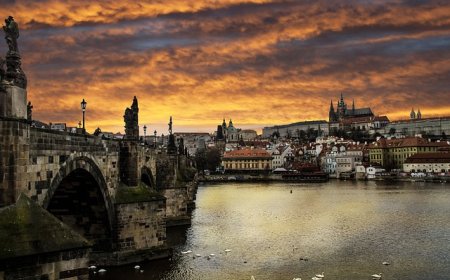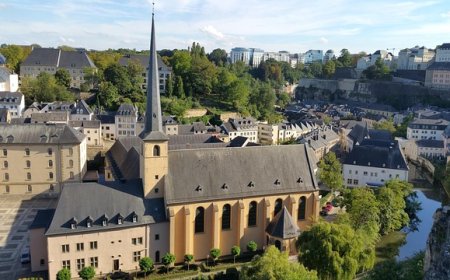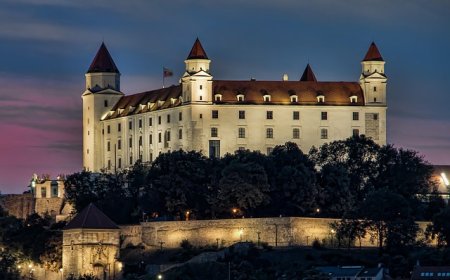Poland: Geography, Culture, and History for Students
Discover the culture, geography, and history of Poland in this student-friendly article. Learn about Polish cities, traditions, landmarks, and how Poland has shaped European history.
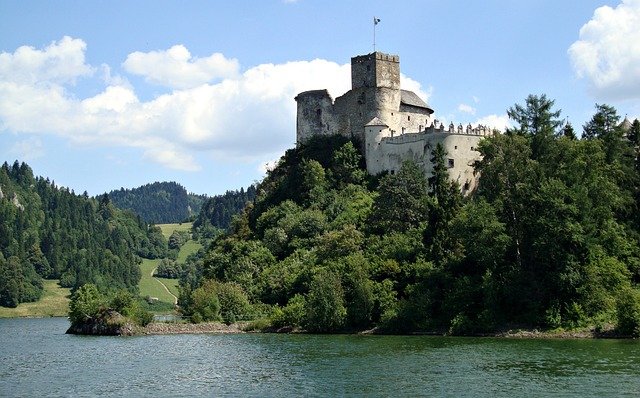
🇵🇱 Poland: A Resilient Nation at the Crossroads of Europe
🗺 Introduction
Poland is one of the largest countries in Central Europe and has a long, rich history filled with courage, culture, and creativity. Known for its historic cities, beautiful forests, and proud people, Poland has often found itself at the center of Europe’s most important events. It has faced many challenges, including wars and invasions, but it has always come back stronger.
Today, Poland is a modern, democratic country that values its heritage and plays an important role in European politics and culture. From medieval castles to cutting-edge technology, Poland offers a mix of the old and the new.
🌍 Geography and Location
Poland is located in Central Europe and shares borders with Germany, Czech Republic, Slovakia, Ukraine, Belarus, Lithuania, and Russia (Kaliningrad). To the north, it has a long coastline along the Baltic Sea, giving it access to sea trade and fishing.
The geography of Poland is quite diverse. In the north, you’ll find lowlands, lakes, and sandy beaches. The central region consists of flat plains and farmland, perfect for growing wheat and potatoes. In the south, the land becomes hillier and ends with the Carpathian Mountains and Tatra Mountains, which are great for hiking and skiing.
Poland has four seasons: cold, snowy winters and warm summers with colorful springs and falls. Forests cover about 30% of the land, home to animals like bison, lynx, deer, and many bird species.
🏙 Cities and Regions
The capital of Poland is Warsaw, a city that rose from almost complete destruction during World War II. Today, it’s a thriving center of business, education, and culture. Warsaw is known for its modern skyline, green parks, and rebuilt Old Town, which is a UNESCO World Heritage Site.
Other major cities include:
- Kraków, a medieval city with cobblestone streets, Wawel Castle, and many museums
- Gdańsk, a port city on the Baltic Sea famous for shipbuilding and colorful buildings
- Wrocław, a city of bridges and rivers known for its charming squares and gnome statues
- Poznań, a business hub with historical roots and lively festivals
Each region of Poland has its own special traditions, dialects, and foods, adding to the country’s cultural richness.
👨👩👧👦 People, Language, and Culture
Poland has a population of over 38 million people, making it one of the most populated countries in Europe. The main language is Polish, which uses the Latin alphabet but includes some unique letters and sounds. Most people in Poland also learn English and other languages in school.
Polish culture is known for being warm, family-centered, and deeply connected to history and tradition. Holidays and customs are very important. Music, dance, literature, and art play a big part in daily life.
Many Poles are Roman Catholic, and holidays like Easter and Christmas are celebrated with special meals, songs, and decorations. Name days, where people celebrate the saint they were named after, are also popular in Poland.
🍽 Food and Traditions
Polish food is hearty and full of flavor. Meals often include potatoes, meat, cabbage, and bread. Traditional dishes are passed down through generations and are usually made from scratch at home.
Some favorite Polish foods include:
- Pierogi, dumplings filled with cheese, potatoes, meat, or fruit
- Bigos, a stew made from cabbage, meat, and mushrooms, often called “hunter’s stew”
- Żurek, a sour rye soup with sausage and egg
- Kielbasa, a type of smoked sausage
- Pączki, round doughnuts filled with jam or custard
Polish people love celebrating holidays with food, music, and family gatherings. One of the most exciting times of year is Fat Thursday, a day when everyone eats lots of sweets before Lent begins.
Traditional folk costumes with colorful embroidery are still worn during festivals, and Polish folk music includes lively dances like the polonaise and mazurka.
🏛 History of Poland
Poland became a country over 1,000 years ago, when the first Polish ruler, Mieszko I, united various tribes. By the 16th century, Poland was one of the largest and most powerful kingdoms in Europe, known as the Polish–Lithuanian Commonwealth.
However, Poland's borders changed many times due to invasions, wars, and political deals. In the late 1700s, Poland was divided by neighboring countries and disappeared from maps for over 120 years. It became independent again in 1918, only to be invaded by Nazi Germany and the Soviet Union in 1939, starting World War II.
During the war, Poland suffered great losses. Millions of Poles were killed, including 3 million Jews in the Holocaust. After the war, Poland was under communist rule for over 40 years. In the 1980s, a peaceful movement called Solidarity, led by Lech Wałęsa, helped bring democracy back to Poland.
Today, Poland is a free, democratic country and a proud member of the European Union and NATO.
🌿 Nature and Environment
Poland’s nature is a mix of forests, rivers, mountains, and lakes. There are 23 national parks that protect rare animals and beautiful landscapes. One of the most famous parks is Białowieża Forest, one of the last old-growth forests in Europe and home to the European bison, the continent’s largest land animal.
The Tatra Mountains in the south offer hiking, skiing, and stunning mountain lakes. In the north, the Masurian Lake District is filled with rivers and over 2,000 lakes, perfect for canoeing and fishing.
Poland takes care of its natural resources by promoting recycling, clean energy, and wildlife protection. Schools often teach students to respect the environment and spend time outdoors.
🧠 Why Poland Matters
Poland is a country that has shown incredible strength, courage, and creativity. It has overcome many challenges and still holds on to its traditions, culture, and identity. With its modern cities, beautiful nature, and hardworking people, Poland continues to make important contributions to Europe and the world.
Whether you're walking through the streets of Kraków, tasting a pierogi, or learning about a brave moment in history, Poland offers stories that inspire and teach.
